The US interest rate cuts have significant global economic implications, affecting currency values, investment flows, and trade balances. Lower rates make borrowing cheaper, attracting investments in emerging markets while creating challenges for countries with dollar-denominated debt. Investors often shift their strategies during these changes, and nations must stay vigilant to navigate the complex effects on their economies.
When the US cuts interest rates, it sends waves through the global economy. Countries worldwide can feel the impacts, whether they want to or not. Lower rates in the US make borrowing cheaper. This often sparks investments. Investors look for better returns in emerging markets, increasing foreign capital.
How It Influences Currency Values
When US rates drop, the US dollar can weaken. A weaker dollar makes US exports cheaper for other countries. This can boost American businesses that rely on selling products abroad. At the same time, foreign goods can become more expensive for US buyers.
Effects on Global Debt
Countries with dollar-denominated debt face new challenges. Lower US rates might ease their burden. But if the dollar weakens suddenly, their debts could become more costly. Countries need to stay alert to these shifts.
Investor Behavior Changes
Investors often change their strategies when interest rates shift. They might look for stocks instead of bonds. This preference can lead to a rise in stock markets. Yet, it can also create instability in some sectors.
Ultimately, the implications are complex. They affect trade balances, investment flows, and even inflation rates. Every country must consider how changes in US interest rates can directly or indirectly shape their economy.
Conclusion
In conclusion, the impact of US interest rate cuts extends far beyond America’s borders. These changes ripple through global markets, influencing everything from currency values to investment habits. Lower interest rates can make borrowing easier and spark interest in emerging markets. However, they can also bring challenges like increased costs for countries with dollar-denominated debt.
As investors adjust their strategies, the effects can lead to fluctuations in stock markets and changes to trade balances. It’s vital for countries to monitor these shifts and understand how they connect to their own economies. Ultimately, staying informed about US interest rate changes helps everyone navigate the complex global economic landscape more effectively.
FAQ – Frequently Asked Questions about US Interest Rate Cuts
What are US interest rate cuts, and why do they matter?
US interest rate cuts lower the cost of borrowing, which can stimulate economic growth. They matter because they influence global markets and investments.
How do US interest rate changes affect foreign countries?
Changes in US rates can impact currency values, investment flows, and trade balances in other countries, affecting their economic stability.
What happens to investments when interest rates are cut?
Lower interest rates often lead to increased investments in stocks and emerging markets, as investors seek better returns.
Can US interest rate cuts affect inflation rates?
Yes, lower rates can boost spending and investment, which may lead to higher inflation if the economy overheats.
How should countries prepare for changes in US interest rates?
Countries should monitor economic indicators closely, assess their exposure to dollar-denominated debt, and adapt their monetary policies as needed.
What role do investors play during interest rate changes?
Investors adjust their strategies based on interest rates, shifting their focus to stocks or other assets to optimize returns amid changing economic conditions.


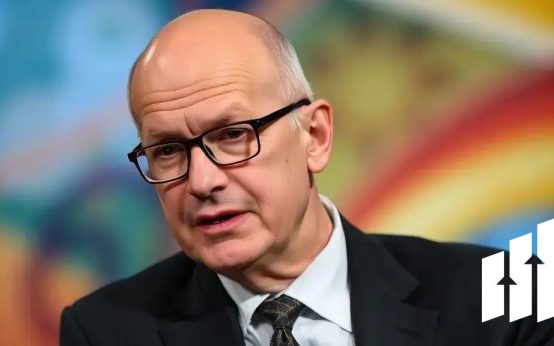 Miran Highlights Dual Goals of Fed and Interest Rate Outlook
Miran Highlights Dual Goals of Fed and Interest Rate Outlook 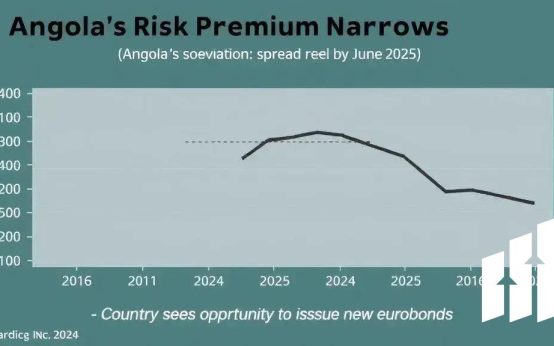 Are You a Robot? Unusual Activity Detected on Bloomberg
Are You a Robot? Unusual Activity Detected on Bloomberg 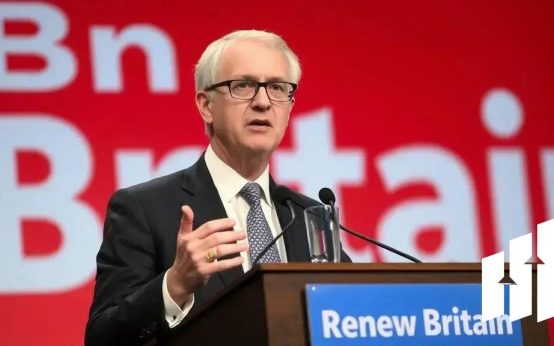 Keir Starmer Leads Business Delegation to India for Trade Pact
Keir Starmer Leads Business Delegation to India for Trade Pact  Takaichi Appoints Ex-Finance Minister as Secretary General of LDP
Takaichi Appoints Ex-Finance Minister as Secretary General of LDP 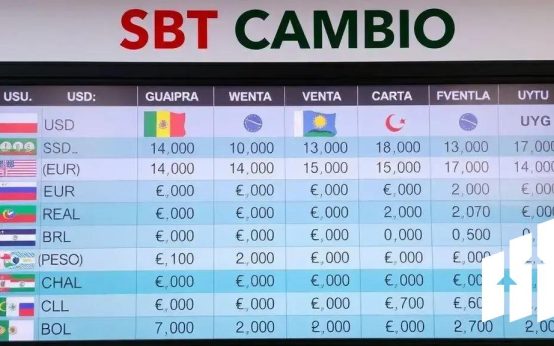 Argentina Continues Dollar Sales Amid Weakened Peso Crisis
Argentina Continues Dollar Sales Amid Weakened Peso Crisis 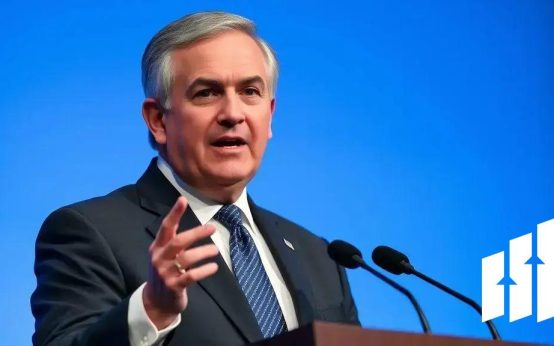 White House Calls on Democrats to Resolve Ongoing Government Shutdown
White House Calls on Democrats to Resolve Ongoing Government Shutdown